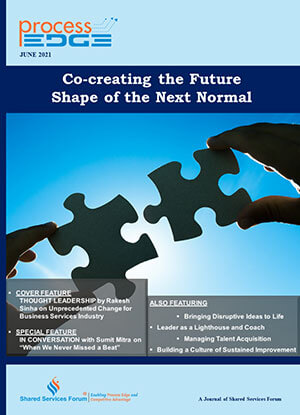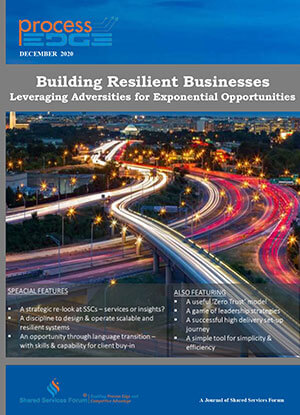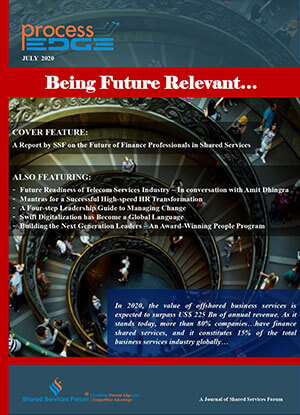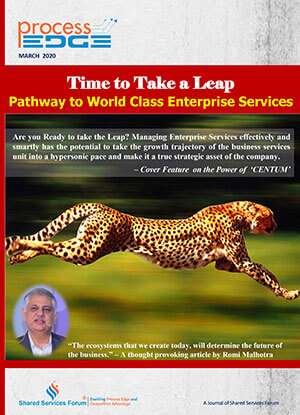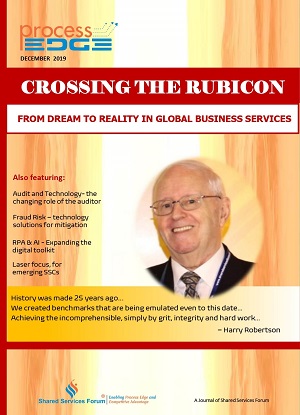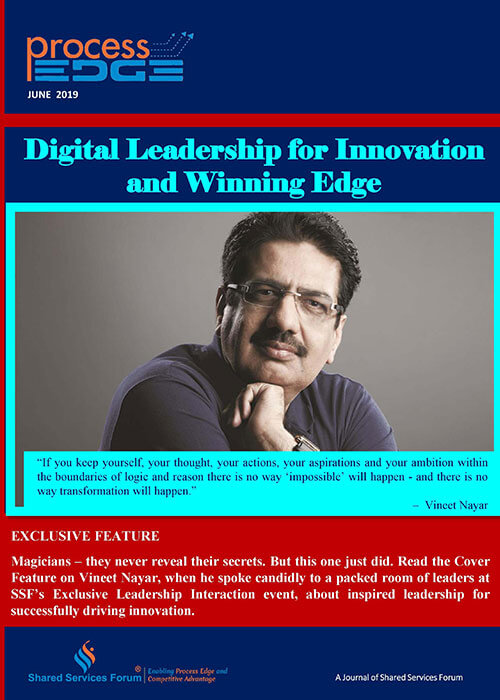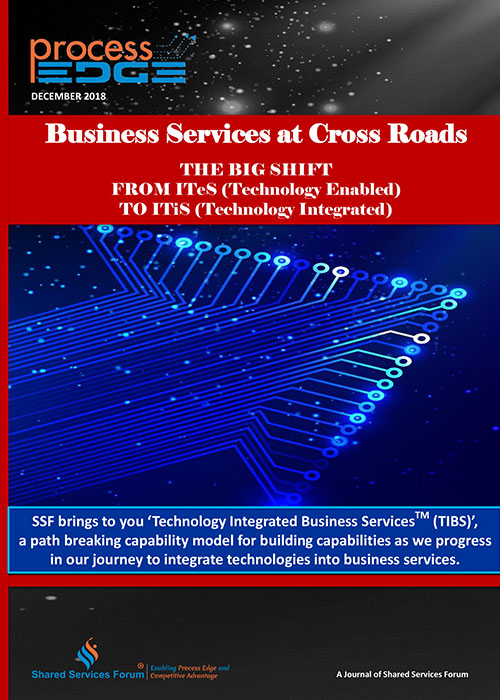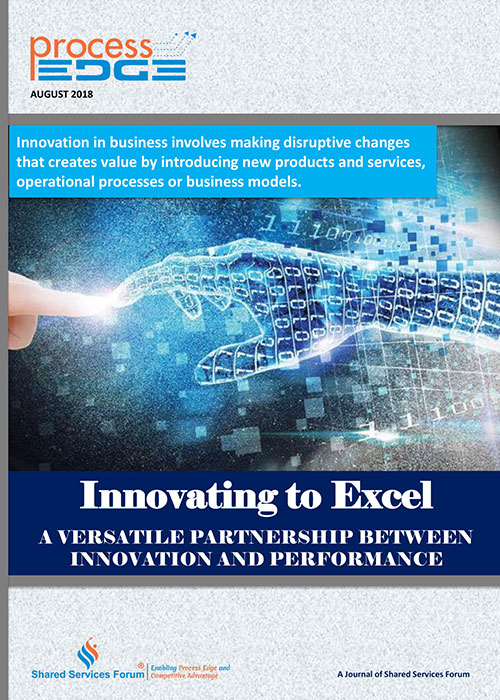To truly understand the significance of disruptive innovation, it is better to understand the relationship between invention and innovation. Invention, whose mom is necessity, is actually the bigger brother of innovation. Invention is creating something for the first time, while innovation is improving upon it. Inventions may all be revolutionary, but can only rarely be classified as disruptive. Innovations on the other hand, are usually disruptive, though they may not always be. Interestingly, disruptions are always innovative.
For example, when Sir Humphrey Davy accidently invented the incandescent bulb in 1802, it made no impact on the society. The product was far too expensive and bulky to be used commonly. Almost 80 years later Thomas Alva Edison innovated a cheap and convenient improvement and transformed the world of artificial lighting for ever. That was disruptive. The business of candle lamps evaporated overnight.
In the world of services, disruptive innovation has been witnessed often, but maybe not often enough. Use of internal technology combined with network technology allowed companies to carry out process consolidation worldwide. This in itself was a significant disruptive practice when it was first initiated in the 90s. No matter in which part of the world the process belonged, it was relatively simple to carry out exactly the same process from any other part of the world. This got latter known as GIC or BPO more popularly.
Technology, as any other dynamic form, evolves continuously – it starts, develops, stagnates, declines and even mutates. It often transforms into a more powerful and creative form than ever before. This is when it is at its disruptive best. In modern times, technology has disrupted business process life cycle by introducing robotics into the fray. Software robots are able to perform routine processes by emulating human activities around interacting with applications and following simple rules to make decisions. Entire end-to-end processes can be performed by software robots with very little human interaction, including managing exceptions.
Robotics meshed with Artificial Intelligence is creating a new and almost devilish genre of process management called Intelligent Automation. Intelligent Automation systems have the power to sense and synthesize vast amounts of information, learning and adapting as they go. Applications can range from the routine to the revolutionary; from collecting data to making decisions. It is already helping companies transcend conventional performance to achieve unprecedented levels of efficiency and quality.
Just as in the In the Manufacturing world, within Services too, robots are becoming smarter and are now competing with their human co-workers. It is no more about labour efficiency. The focus has clearly shifted to labour elimination. The robot is faster, cheaper and infinitely more accurate than the human. And it does not sulk if it is having a bad day!
No wonder the world is VUCA – nothing is ever the same. It seems the only way to survive and thrive in this day and age is to continuously challenge yourself and be both disruptive and innovative at the same time. It’s the only way to make the devil work for you rather than against you. PE
Table of Contents
COVER STORY
Agile to Excel – Your AIDE in the VUCA World
Next Leap in Business Process
A REPORT ON LEADERSHIP INTERACTION ON INDIA’S READINESS
RPA – The Beginning of Disruptive Thinking
FROM PEOPLE DEPENDENT TO PROCESS DEPENDENT
Digital P2P Era
TRANSFORM TO DIGITALLY SIGNED INVOICING
Taking Control
BUSTING MYTHS ON INTERNAL CONTROLS
Disruption Requiring Process Excellence
E-COMMERCE BUSINESS IN INDIA
Build Bonds, For A Lifetime…
SIMPLIFYING CLM THROUGH INNOVATIONS
The Critical Factor Driving Success
SHARED SERVICES – CREATING OWNERSHIP










